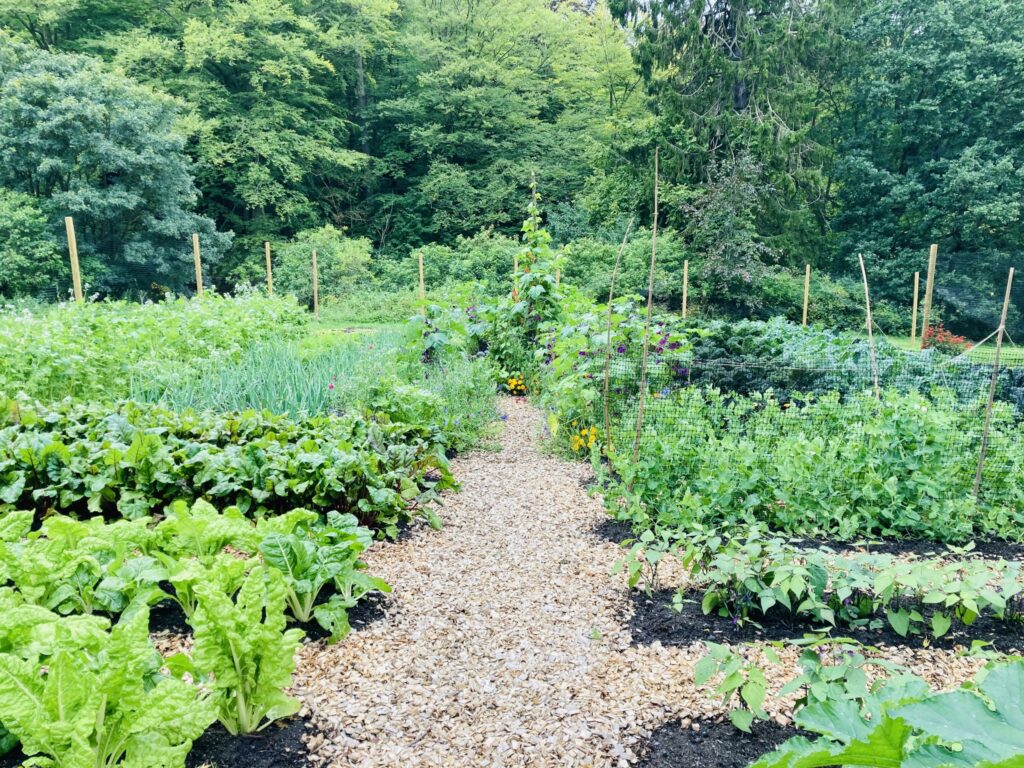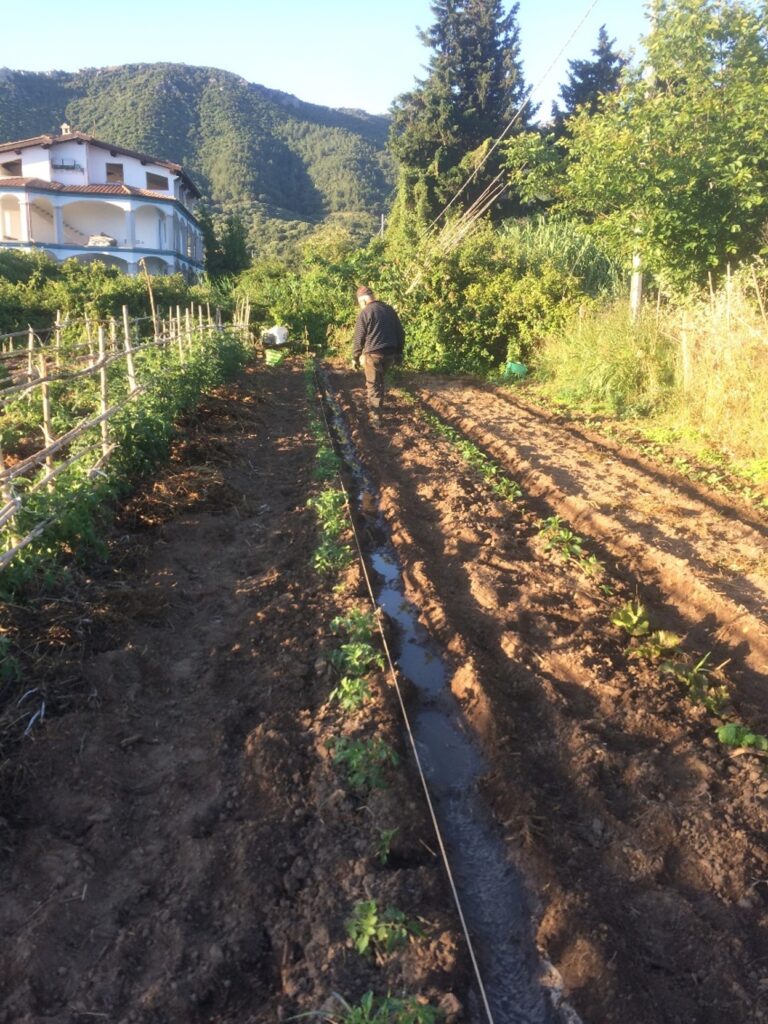Septemper 17, 2024. By Federica Sulas
Is urban settlement sustainable? Can cities mitigate changing climate, economic structures, and geopolitics?
Urban growth is recognized as the greatest challenge to achieving sustainable development (GSDR 2023). Our cities are growing too much and too fast, especially in the Global South but elsewhere too. But the pace and extent of urban growth are not the only concerns of sustainable development. Most cities are becoming increasingly unlivable for urban dwellers as they face recurring environmental, social, and economic hazards, such as floods, energy shortages, health emergencies, inequalities, and much more. These challenges are shared across the globe, even though impacts in Global North countries are often overshadowed in news and media reporting that polarise attention on informal settlement and supply insecurity in southern hemisphere cities. Sweden, for example, is experiencing a shortage of housing and a growth of informal settlements, following a rapidly growing population since 2006 (Sweden National Report, 2016). These are some of the most pressing issues to be addressed at the upcoming World Urban Forum (4‒8 November 2024, Cairo).
The city is not a new form of human settlement or a modern invention. Our species has been living in urban settlements for at least 6000 years. Archaeology provides a vast record of our shared rich urban past that can contribute uniquely valuable insights on the sustainability of urban lifeways. Even if urban settlements are characterized by social segregation, in the past as well as in the present, well-researched case studies offer important evidence of what makes urban systems resilient to shocks and sustainable over centuries if not millennial timescales. The Maya, for example, developed agro-urban landscapes with blue-black-green infrastructures to sustain urban growth and thrive for centuries (Isendahl et al. 2024). In medieval Bergen, a dynamic urban plan turned the liability of water excess and flooding into an asset for mobility, transport, and waste management (Underhaug 2023).
Why is the rich urban archaeological record not informing sustainable urban development at local, national, and global levels? This is in part due to the nature and accessibility of urban archaeological data that is highly multidisciplinary and fragmented. Swedigarch is gathering existing data and developing new ones for Sweden into an integrated infrastructure to make archaeological knowledge transferable, accessible, and applicable to sustainability sciences. Over the last decades, archaeological excavations in urban contexts have generated an enormous wealth of data. How can these big datasets be used not only to unfold urban pasts but also to inform current efforts toward urban sustainability transitions? For instance, there is a growing interest in urban gardening and cultivation, for which past experiences may offer innovative contributions.


References
GSDR= Global Sustainable Development Report (2023). Times of Crisis, Times of Change: Science for Accelerating Transformations to Sustainable Development. Online: https://sdgs.un.org/gsdr/gsdr2023 (accessed 12 Sept 2024).
Isendahl, C., Dunning, N. P., Grazioso, L., Hawken, S., Lentz, D. L., & Scarborough, V. L. (2024). Growth and decline of a sustainable city: A multitemporal perspective on blue-black-green infrastructures at the pre-Columbian Lowland Maya city of Tikal. Urban Studies, 0(0). https://doi.org/10.1177/00420980231224648.
Sweden’s National Report for the third United Nations Conference on Housing and Sustainable Urban Development. Habitat III (2016). Online: https://www.regeringen.se/contentassets/9ba7657429e846abbb8aaf62bad721e2/swedish-national-report-habitat-iii_webb.pdf (accessed 12 Sept 2024).
Underhaug, P.E. (2023) A Town Shaped by Water? Water Management and the Development of Public Space in Bergen in the Early Medieval Period. Environmental Archaeology 28:1, 22-34, DOI: 10.1080/14614103.2021.1935159
